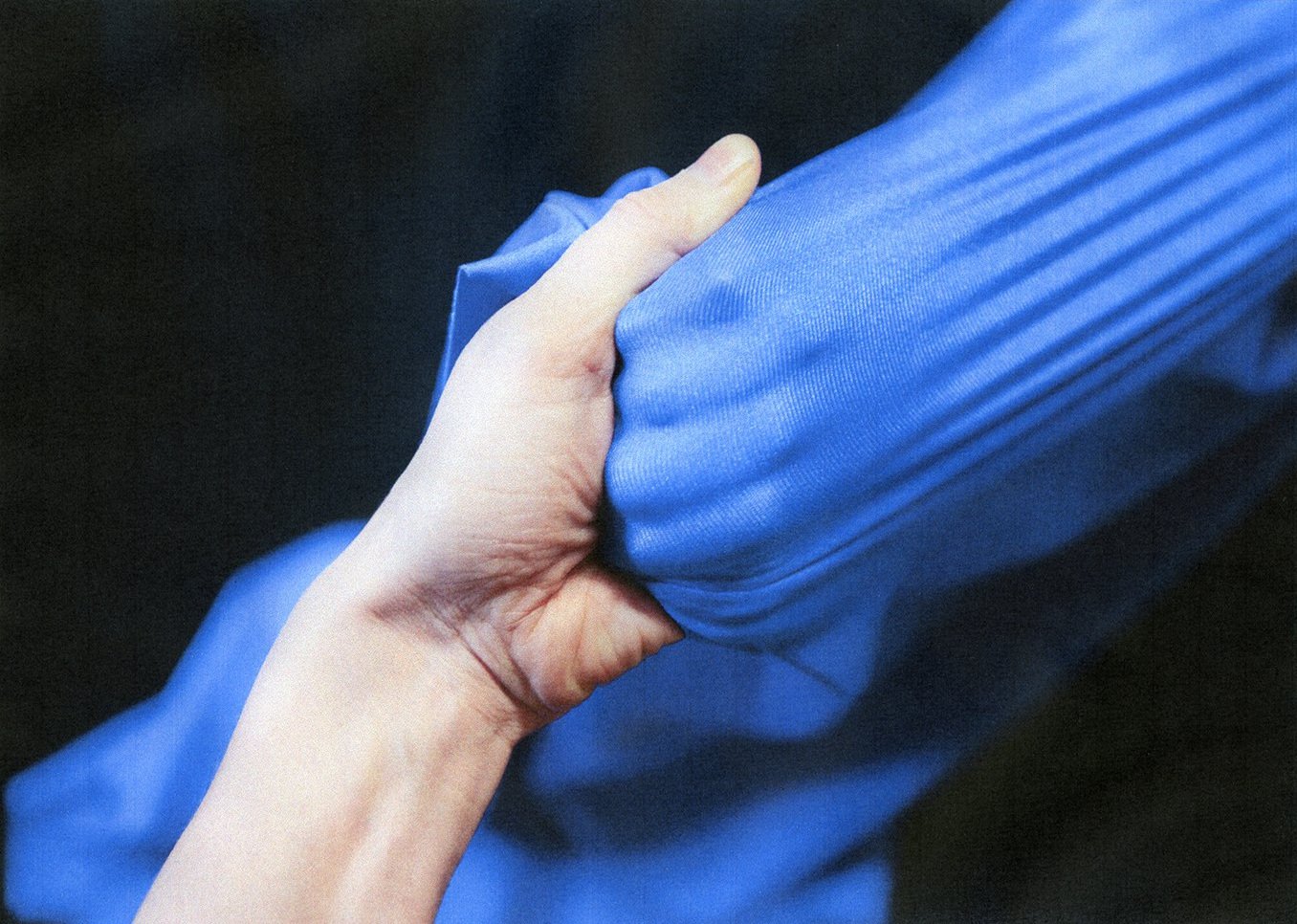
We are pleased to announce an open call for the R31 – Elasticity residency held in Oslo in November in collaboration with PRAKSIS, Goethe Institut Norway and the Finnish-Norwegian Cultural Institute (FINNO). The residency is convened by Marte Aas and Stephanie von Spreter and invites artists, cultural practitioners, and researchers to explore elasticity across disciplines.
A body that possesses elasticity can change its form in response to external forces, then return to its previous state when the forces are removed. In a literal sense, elastic bodies are potentially adaptable and flexible. Structurally speaking, theories of elasticity in fields such as economics and neurobiology can also show adaptability and flexibility.
What does it mean for a body, be it human or (thinking non-anthropocentrically) more-than-human, to be elastic: to expand and contract? Can concepts of elasticity help us better understand different bodily and psychological states, such as aging, illness, motherhood, belonging and attachment? Are these even distinct states, or part of an elastic continuum? How expansive is our own capacity for elasticity, and to what extent does our increasingly shrinking and homogenized world limit our ability to explore it?
Developed by artist Marte Aas and art historian/curator Stephanie von Spreter, Elasticity invites participants to explore elasticity from both a material and a theoretical perspective. The project will seek to apply elasticity as a phenomenon and a construct to both individual and social bodies. It will ask how the term can help us rethink collaborative relationships between scientific, aesthetic and artistic practices.
The residency is open to artists and cultural producers from all creative disciplines, as well as thinkers, researchers and practitioners from other fields. Participants will work together as a group and explore elasticity from multiple perspectives through lectures, presentations, discussions, excursions, and field studies.
About Stephanie von Spreter
Stephanie von Spreter, PhD, is an art historian and curator. Her research interests include contemporary art and photography, Nordic/circumpolar art and feminist and decolonial art history. She is a member of the research group Worlding Northern Art (WONA) at UiT The Arctic University of Norway in Tromsø, where she completed her PhD entitled Destructed Environments, Gendered Spaces, and Colonial Legacies: Contemporary Artistic Practices Sensing the Arctic and the Circumpolar North (2024).
About Marte Aas
Marte Aas is a visual artist who mainly works with film and photography. Her practice explores what a body is, and how ideas about the body are malleable, relative constructs shaped by ideology, history, and biopolitics. Her films include It Cannot be Contained, an examination of the history of blood, and A Letter to Zoe, which considers the epistemology of the container. Both films probe the ways that conceptual frameworks shape our world, and the politics that emerge from the process.
The Programme
PRAKSIS residencies take the form of collective research programmes. Participants collaborate in planning schedules and making adjustments as needed during the process. Residents typically meet four days per week for collective activities which may include participant-led sessions, residency-related visits and meetings, a tour of Oslo’s galleries, networking events, discussions and group critiques. Some activities are public-facing. For example, a “Meet the Residents” presentation, usually held in the first week, offers participants a chance to informally introduce themselves and their practices to both the public and fellow residents.
Selection and Funding
Residents are responsible for their own travel and any further costs.
Oslo has a vibrant arts landscape. PRAKSIS will help introduce residents to the city’s cultural scene and inform them about exhibitions, talks, performances and other events taking place during the residency period.
Where possible/suitable, the PRAKSIS team will do its best to support applications for external grants.
Requirements
Application guidelines
Submit application via Google form by 4 May 2025 at 23:59 CET. In it, you will be asked to:
Selections will be made by Marte Aas, Stephanie von Spreter, and members of the PRAKSIS team. Online interviews will be conducted with shortlisted candidates.
Application Form
Please click here to access the form.
Application Fee
There is an application fee of 75 NOK (equal to €6.37 as of 09/04/24). The fee covers part of the cost of administering your application. It is paid via the application form.
Timeline
Application deadline: 23:59 CET, 4 May 2025
Interview dates: Mid to late May 2025
Residency: 3-30 November 2025
About PRAKSIS
Established in 2015, PRAKSIS is a not-for-profit platform for art, research and learning located in Oslo. PRAKSIS’s programmes foreground collective activity and the exchange of ideas, skills and information, generating dialogue between artists, thinkers and organisations locally and internationally, at all career stages and across diverse cultures and disciplines. By working in collaboration with partners, PRAKSIS seeks to place its activities within the widest possible contexts.
About Goethe Institut Norway
The Goethe-Institut is the Federal Republic of Germany’s cultural institute, active worldwide. The institute promote the study of German abroad and encourage international cultural exchange.
–
The Finnish-Norwegian Cultural Institute (FINNO) is supporting the participation of a Finnish or Finland-based resident.